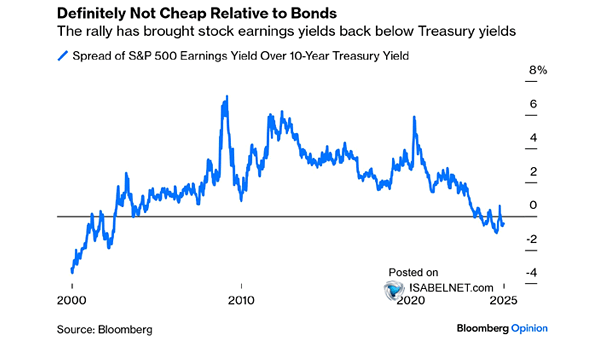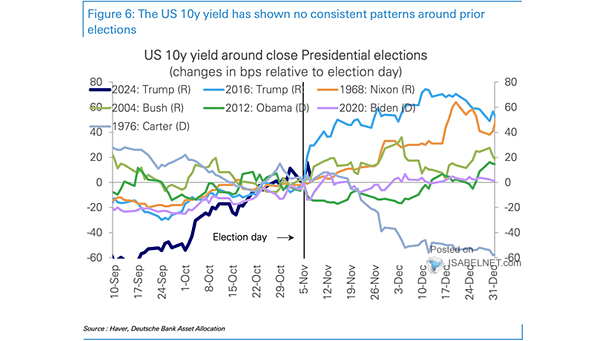S&P 500 Earnings Yield Plus 10-Year U.S. Treasury Yield Minus CPI
Valuation – S&P 500 Earnings Yield Plus 10-Year U.S. Treasury Yield Minus CPI The current low yield environment for both U.S. stocks and bonds relative to inflation presents a challenging landscape for investors, prompting many to explore alternative investment strategies to achieve desired returns. Image: Bloomberg


